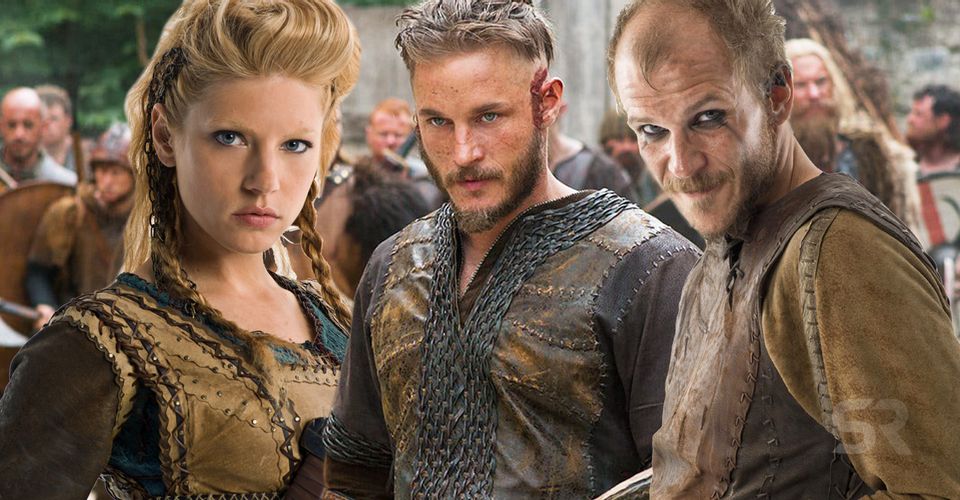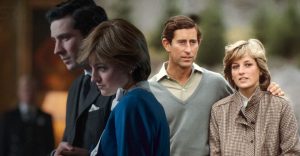Why Vikings Season 1 Is Shorter Than The Rest

Vikings’ shortest season is the first one, and it’s all because of the original plans for the series – but it also connects to a number in Norse mythology. Created by Michael Hirst, Vikings made its debut on History Channel in 2013 and lived on for five more seasons. Vikings is currently on its sixth and final season, and while fans wait for the second part of season 6, it’s a good time to take a look back at the series and how it evolved.
Vikings initially followed the travels and raids of legendary Norse figure Ragnar Lothbrok (Travis Fimmel) and his Viking brothers, from the beginning of the Viking Age – marked by the Lindisfarne raid, as seen in season 1 – onward. Ragnar was accompanied by his brother, Rollo (Clive Standen), his best friend and boatbuilder Floki (Gustaf Skarsgård), and his wife Lagertha (Katheryn Winnick). As the series progressed, it gradually shifted its focus to Ragnar’s sons – Bjorn, Ubbe, Hvitserk, Sigurd, and Ivar – who took the lead after his death in season 4.
Vikings’ first three season were short, with the rest divided into two parts of 10 episodes each. Season 1 is the shortest of all by one episode, but there’s a good reason for that – and it could also hold a deeper meaning linked to Norse mythology.
Vikings Was Originally Planned As A Miniseries

Vikings was originally planned to be a miniseries, and it was marketed as such. Miniseries can have between three and 10 episodes, and Vikings decided to go for nine. Season 1 turned out to be a hit, and so it was renewed for a (slightly longer) second season, allowing viewers to continue exploring the stories of Ragnar, Lagertha, Rollo, and everything happening at Kattegat. Given the amount of symbolism that Hirst and company have added to Vikings from the beginning, the first season having nine episodes might have a deeper meaning.
Number nine is a very special one in Norse mythology, and many elements and Gods are connected to it one way or another. Odin, the Allfather, hung upon Yggdrasil to learn the secret of the runes, and Yggdrasil is the tree that connects the nine worlds: Asgard, Vanaheim, Alfheim, Midgard, Jotunheim, Muspellsheim, Svartalfheim, Niflheim, and Nidavellir. Ran, the goddess of the sea, had nine daughters who embodied the waves of the sea, and they are included in the opening credits of the series. There are also nine great lindworms, which are dragon-like serpent monsters; the god Freyr, associated with battle and virility, had to wait nine nights until he could marry Gerd, a jotunn goddess; the valknut symbol (three interlocked triangles) has nine points; and Thor is said to walk nine steps before dying and after killing Jörmungandr, a sea serpent and child of Loki.
It wouldn’t be outside the realm of possibility that the first season of Vikings having nine episodes was a nod to the importance of that number in Norse mythology, and though the series hasn’t been historically accurate all the time, it has paid a lot of attention to details related to the Vikings’ beliefs.
About The Author


















